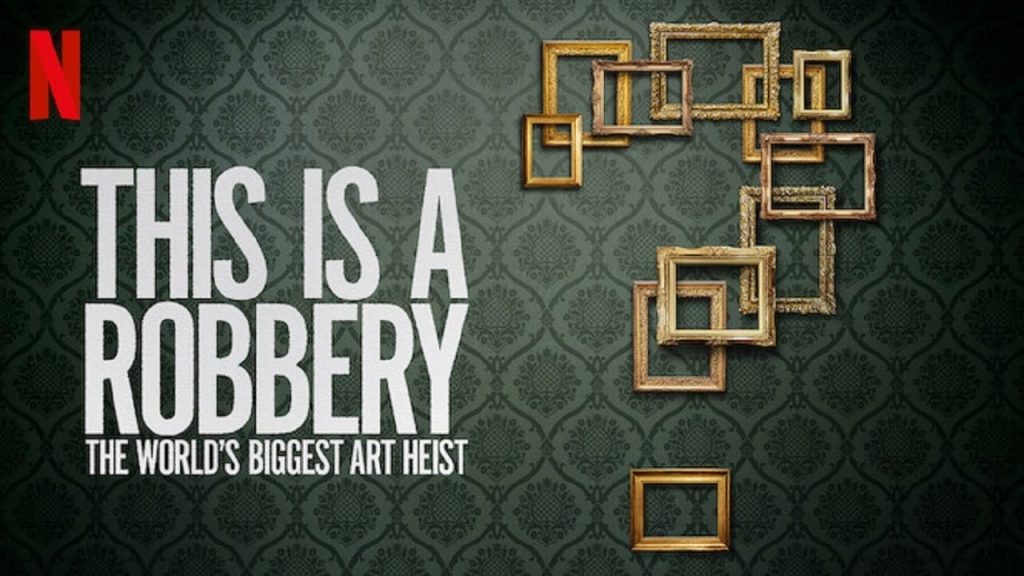
An unsolved $200 Million heist from a sleepy museum tucked away in Boston. Surely the perfect candidate for documentary dissection, so can Netflix help unravel the mystery?
The story begins with a pair of drunken revellers, sampling the beginnings of the St. Patrick’s day celebrations in Boston. On their way home they notice the unusual presence of two police officers in an unmarked car. So starts the momentous events of a crime that’s echoes still resonate 30 years later. Unsolved and marking its anniversary in March this year the documentary is the latest cry for help to return the paintings.
As a crime in the public record details of the heist are out there for everyone to find. The series has a difficult path to walk, those familiar with the scenario will expect to learn something new, and those who have no idea will have high expectations. It is after all a four hour recant of the world’s biggest art heist. We have all seen at least one heist movie and we know it’s a suave and dazzling affair…
It turns out however the world’s biggest art heist is not quite the Hollywood drama one might expect. There are very scant details, there is little to titillate those who like a twist or clever reveal and it ends with the bane of all good stories… that nobody including you knows more than you did after they explained what happened the first time. The series must have been commissioned on the same heady clickbait that the title of world’s greatest gives off to the average scrolling Netflixer. Vast amounts of reused filler shots pad the time and all the tropes of staple American true crime documentaries pop out with the regularity of a cuckoo clock. The simplicity of the act is mind-blowing in itself, but it does not allow for much dissection. The series spends time exploring dead ends like the IRA and even the interviewee wonders out loud why they are wasting the time. The drama comes in fits and spurts at the end as they unravel some promising dead ends. The outcome and pacing do seem to reflect the tired grasping for good news of those involved but you end up feeling just as tired rather than empathetic.
In the light of the current state of the world, the story of a negligent museum losing millions of pounds of history and culture is shocking, but probably not important to most. It also appears to be a story the documentary makers are only accidentally telling. The characters involved and interviewed all seem relatively unscathed personally by the events, which also does not help to convince you to care more about the proceedings. The rallying cry at the end is to remind you what was stolen, in case you had forgotten over the four-hour exploration of mob connections, that it’s still out there and you can claim millions of dollars if you find it.
When all is done, I am more invested in keeping an eye out for some of the local cats that have gone missing. This is not a reflection on the value of the art but more on the emotional response the documentary failed to affect. I am emoted at the thought of a child’s joyful tears at a returned fluffy hug, something four hours of board meetings about priority roof repairs and the dynamics of FBI/Mob sentence negotiations does not manage.

Author: Joe, Bath store





